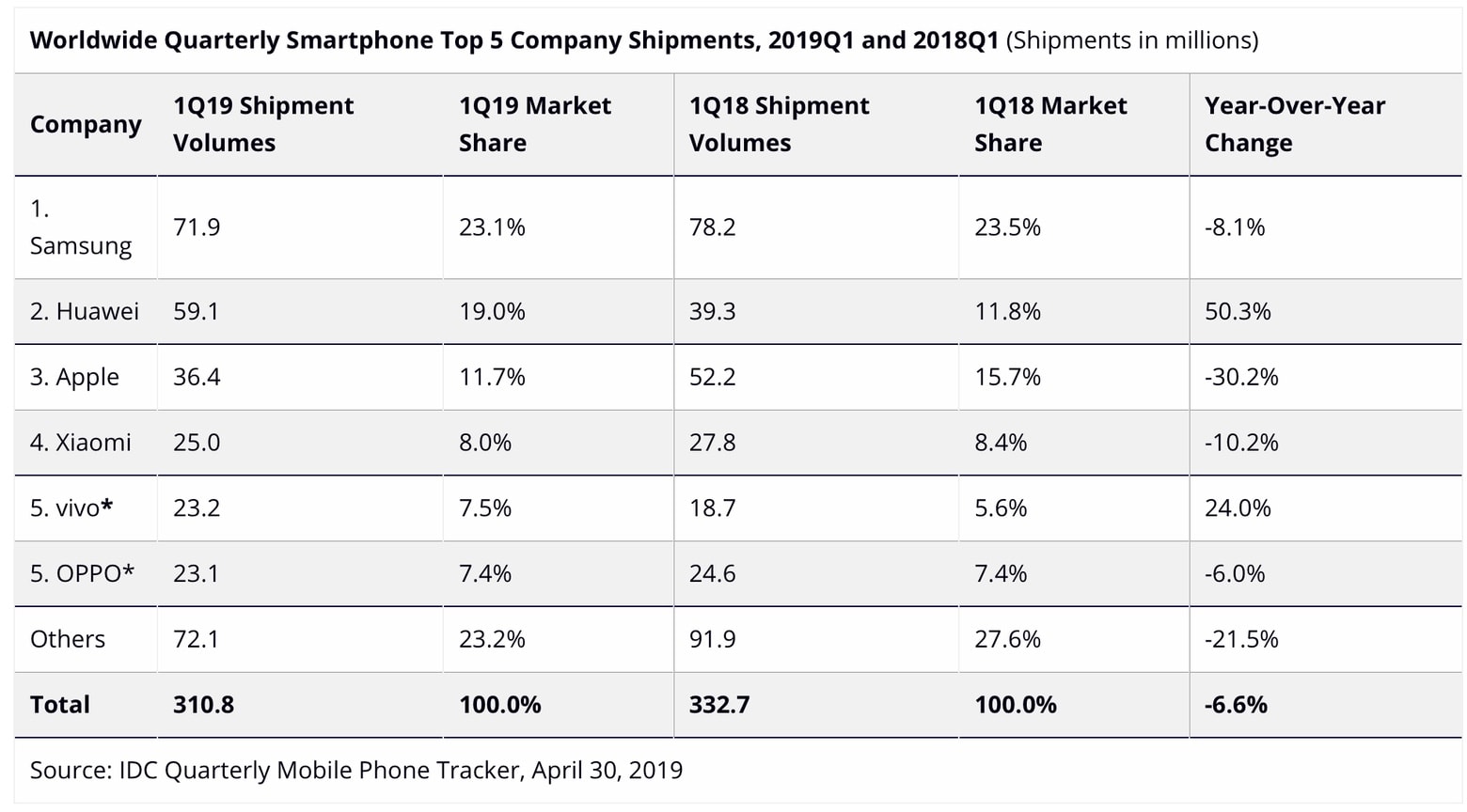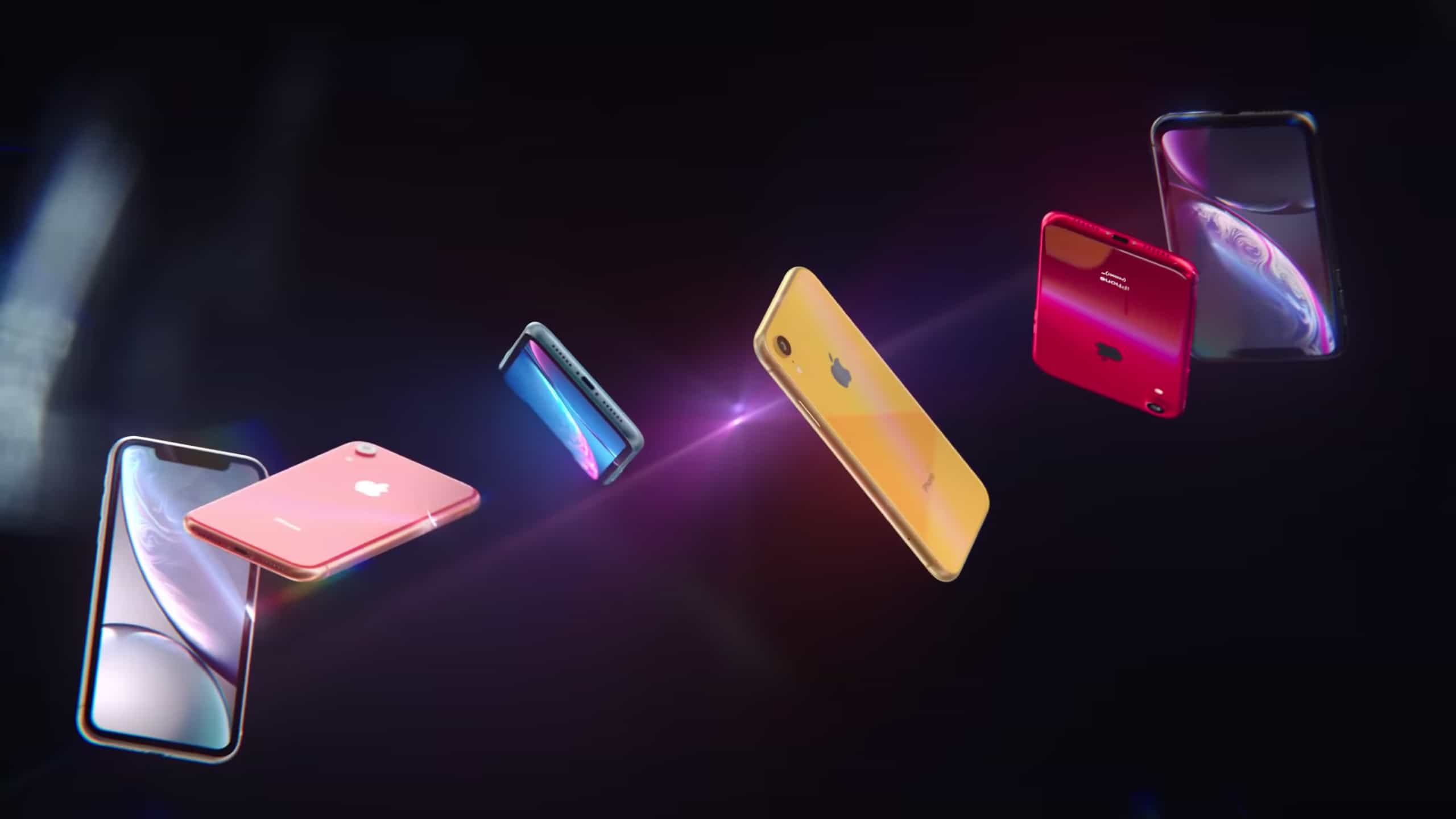Although Apple no longer reports the number of iPhone units it sells, the company did admit there was a steep decline in handset revenue in the first three months of this year. Analysts are out with their exact estimates, and the number of iPhones shipped last quarter could have dipped as much as 30 percent.
“Apple had a challenging first quarter as shipments dropped to 36.4 million units representing a staggering 30.2% decline from last year,” reports IDC.
Rival market analysis firm Counterpoint Research came up with a slightly higher estimate for iPhone sales, guessing Apple shipped 42 million units in the January-to-March period, making a 20 percent drop.
Canalys’ estimate is a 23 percent drop. “This is the largest single-quarter decline in the history of the iPhone,” pointed out analyst Ben Stanton.
All these estimates are built around the $31 billion in iPhone revenue Apple says it took in last quarter, a 15 percent year-over-year decline. With all three sets of analysts saying that the number of iPhone units shipped decreased at a higher rate than revenue, they’re indicating that the average selling price (ASP) of Apple’s handsets is increasing.
2019 won’t be a stellar year for iPhone sales
IDC analysts don’t see Apple turning things around until next year. “Most competitors will shortly launch 5G phones and new foldable devices, [so] the iPhone could face a difficult remainder of the year. Despite the lackluster quarter, Apple’s strong installed base along with its recent agreement with Qualcomm will be viewed as the light at the end of the tunnel heading into 2020 for the Cupertino-based giant.”
The Qualcomm agreement IDC mentions is expected to bring a 5G iPhone next year. A folding iPhone is a future possibility as well.
Canalys sees room for short-term optimism. “iPhone did show signs of recovery towards the back-end of the quarter, and this momentum will carry into Q2.”
Discussing the challenges the company faces, Counterpoint said “It is increasingly difficult for Apple to grow ASP’s and China remains a declining market for the company. Apple’s services, user experience, and companion products make up for its slow adoption of the newest technologies.”
Apple’s most-recent financial results showed that sales of iPads and revenue from services like Apple Music increased last month.
Overall Q2 smartphone market
Apple wasn’t the only phone maker struggling. Globally, shipments from all brands declined 6.6 percent year-over-year, according to IDC. Samsung saw an 8.1 percent drop, down to 71.9 million.
But there’s a notable exception. Huawei saw in yearly increase of 50.3 percent, a figure both IDC and Counterpoint agree on.
“Huawei became the second largest smartphone brand by shipments without a significant presence in an important market like the United States. At this pace, we expect Huawei to remain ahead of Apple at the end of 2019,” said Shobhit Srivastava from Counterpoint. “Huawei is now a match for Samsung in smartphone hardware. We believe it is Huawei that Samsung should be worrying about rather than Apple.”

Chart: IDC


